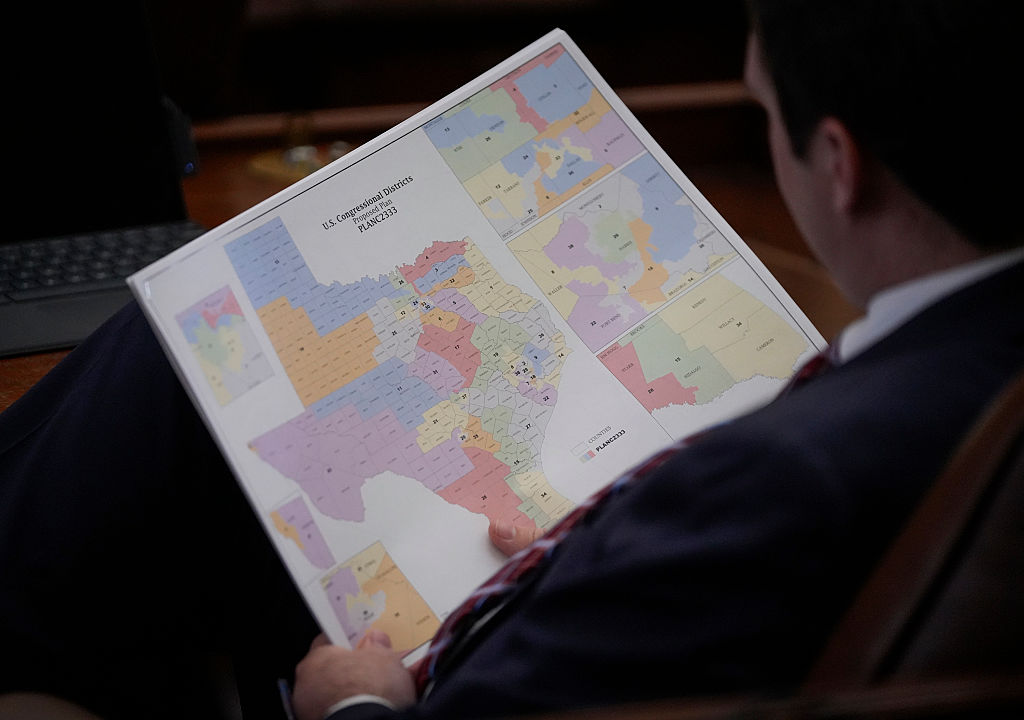With great fanfare, California Governor Gavin Newsom recently signed “historic” legislative package designed to “advance an abundance agenda.” It’s a nod to the recent (and fashionable) book Abundance by the liberal bloggers Ezra Klein and Derek Thompson, and it’s supposed to reform a state best known for a punitive cost of living and chronic shortages of everything essential – including housing, water, and energy.
Key to Newsom’s new legislation are Assembly Bill 130 and Senate Bill 131, both of which make fundamental changes to how the California Environmental Quality Act (CEQA) is enforced.
Passed in 1970, CEQA required any project developer applying for a building permit to submit an environmental impact statement, along with a plan to mitigate any “significant” harm that the project might inflict on the environment. Over the decades, CEQA metastasized from 4500 words to nearly half a million as California’s state legislature turned the law into a notorious procedural obstacle to any new construction in the state. For major projects, whether it’s housing, infrastructure, or commercial and retail developments, CEQA has become a weapon used by dozens of state, regional, and local agencies and outside litigants to punish developers with years of delays and millions in additional expenses.
CEQA reform is an important test for Newsom and the Democrats: can the American left make a sufficient break with the NGOs and activist lawyers to generate growth? Don’t hold your breath. In signing these two latest bills, Newsom and the State Legislature have only streamlined the CEQA process for their favored projects, while failing to provide relief to everyone else. Significantly, California’s Legislature is exempting from the excesses of CEQA only those projects having to do with “water, transportation, clean energy and housing.” It’s easy enough to read between the lines: “transportation” means more money for light-rail projects, “clean” energy means more utility-scale solar, wind and battery farms, and “housing,” of course, means more high-density infill.
The fundamental, across-the-board reforms that CEQA really needs are, unsurprisingly, off the table for this governor and this legislature. They aren’t restricting the right to litigate under CEQA to district attorneys, aren’t ending the opportunistic lawsuits by extortionate third parties, or requiring the loser to pay legal fees in frivolous lawsuits. Nor are they limiting for others the time periods allowed for permit processing and appeals. These steps would rectify CEQA for everyone, but everyone is not a concern.
Just how dense the Legislature will require housing to get in order to be exempt from CEQA provisions is found in the State Government Code Title 7, Division 1, Chapter 3, Article 10.6 “Housing Elements,” where the “lowest” permissible density is 10 units per acre. That would only be allowable, however, in an “unincorporated area of a nonmetropolitan county.” If the area is incorporated, it’s 15 units per acre. If the site is in a “suburban jurisdiction,” 20 units per acre, and if that suburban jurisdiction is in a “metropolitan county,” 30 units per acre.
This is not a solution that will lower the cost of housing in California. It is a “reform” that is only supported by land developers who feed on subsidies and tax incentives. The deceptive excuse used to justify this selective, non-solution to CEQA’s ongoing suppression of new housing is to prioritize “infill,” that moral imperative that deems any development outside of existing urban boundaries to be a crime against the planet. But why?
Contrary to popular belief, California’s urban density is the highest in America, with just over 94% of the population living on only 5 per cent of the land. California’s urban areas have an average of nearly 4,800 people per square mile, also the nation’s highest.
The implications of this reveal the cruelty of streamlining CEQA merely to further densify California’s urban areas. Forcing development into limited geographic areas, confined within “urban containment boundaries” is a large part of the reason housing is so expensive in California. This politically contrived shortage of available land for building causes the value of eligible land to rise well beyond what it would be worth if land could be developed outside existing urban areas.
Moreover, when developers build high density housing that has four or more floors, the cost per square foot increases compared to one- and two-story wood framed homes. These factors, all the result of political choices, are the reason housing is scarce and overpriced in California.
The greatest irony is that there is no need to limit the land where new housing projects are permitted. For example, if you built 2.5-million new homes on quarter acre lots, with an equal amount of land set aside for streets, parks, schools and commercial and industrial centers, and if each of these homes were occupied by four people, you could fit a population of 10 million into an area under 2,000 square miles. That ultra low density development would only increase California’s urban footprint from 5 per cent to 6.2 per cent of its total land. There is plenty of room.
Instead of recognizing this gift, and permitting practical water, energy and transportation infrastructure to realize it, California’s lawmakers prefer a hyper-regulated housing environment. That favors the wealthy, the politically connected and the subsidy hounds. But it denies private sector builders a chance to make a profit, without subsidies, building homes people want to buy, at a price they can afford.
But the central premise of Newsom’s purported CEQA reform is this concept of “Abundance,” something only belatedly adopted by Democrats in an attempt to restore mainstream appeal to their discredited party. Democrats will never accept reforms that might facilitate affordable abundance. The Democratic Party – both its leadership and its voters – is comprised of special interests and factions that have little regard for each other, and each has a specific niche that is served by the status quo.
Take these interests in turn and it soon becomes clear that there is, practically speaking, no coalition for any kind of abundance agenda. Will, for example, the heavily subsidized developers of affordable housing consent to a deregulated environment where they would have to compete with private and unsubsidized builders that could again construct and sell single-family homes that people could afford to buy?
Will environmentalist NGOs, conservancies, and real estate speculators that profit from artificial scarcity permit new homes to be built on inexpensive land outside the packed cities? Will public employees and their unions permit government budgets to again prioritize the enabling infrastructure that might bring roads and utility services to new housing developments on raw land, when they want all that money for their pay and pensions?
I could certainly go on. Will the renewables industry, the climate zealots, and the network of consultants, brokers, traders, investors, and public utilities permit the price of energy to dramatically fall thanks to a resurgence of conventional fuels? Will the Homeless Industrial Complex support new laws and programs that actually solve the homeless problem?
Will “equity” entrepreneurs and trial lawyers ever agree to a rollback of all the mandates that have made them prosper? Will unions consent to projects that aren’t subject to project labor agreements?
These powerful special interests are the Democratic Party. They bankroll the political campaigns of Newsom and his allies who control California’s state legislature, and they control what laws are enacted and what agency appointments are made. These special interests thrive on scarcity, and while they recognize the rhetorical power of an “abundance movement” led by Democrats, they will make absolutely certain it never crosses the line from rhetoric to action. Governor Newsom – and the Democratic Party writ large – are now being forced to choose between economic growth and these interests, and they’re coming down on the side of the latter.


























Leave a Reply